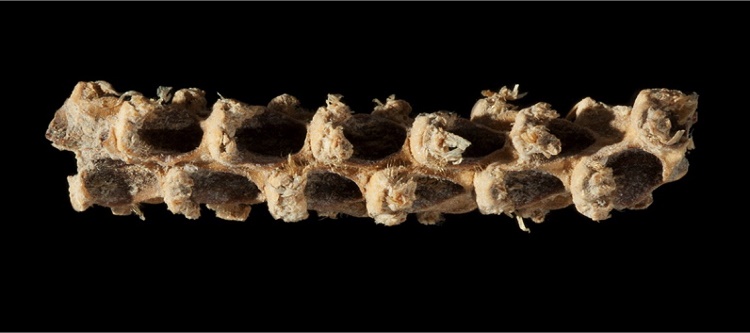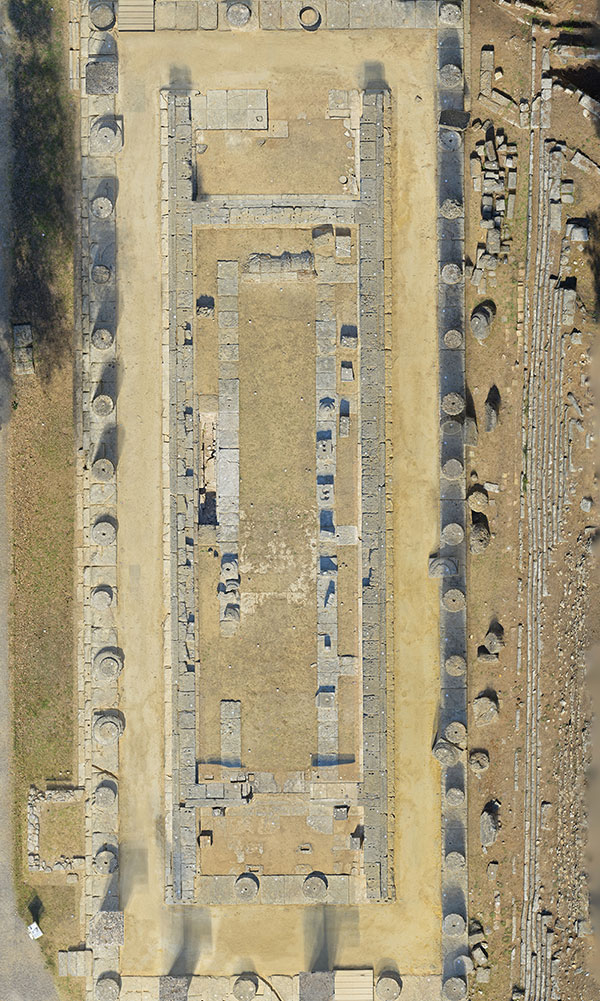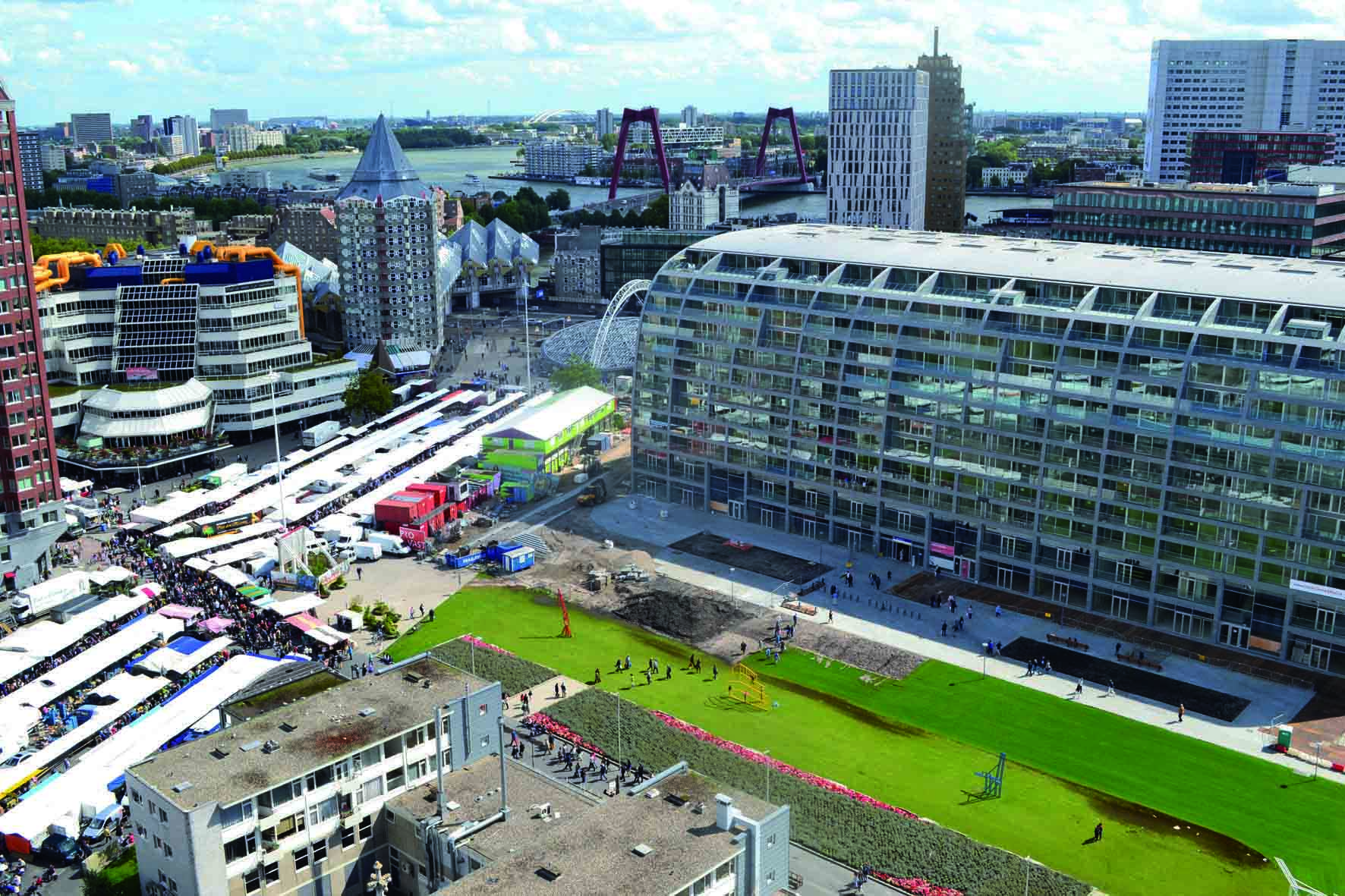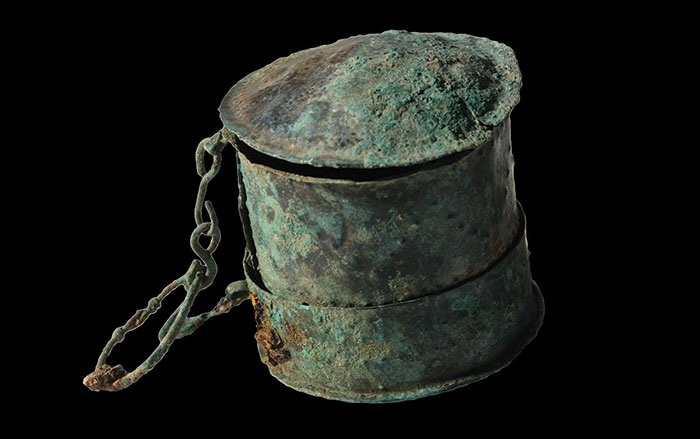
COPENHAGEN, DENMARK—Science reports that two teams of scientists examined ancient cobs from Mexico for clues to the transformation of a grass called teosinte into domesticated maize. Jean Philippe Vielle-Calzada of Mexico’s National Laboratory of Genomics for Biodiversity and his colleagues returned to the caves in Tehuacán Valley where tiny maize cobs were found in the 1960s. They recovered several 5,000-year-old cobs, reconstructed more than 35 percent of the ancient maize genome, and identified eight genes for key traits that indicate the plant was partially domesticated. It had cobs on branches for an easier harvest, and starchier, sweeter kernels—but they were covered in a hard sheath, like teosinte. Meanwhile, a team led by Nathan Wales of the University of Copenhagen analyzed a 5,300-year-old cob from a Tehuacán Valley cave that had been in a museum collection. They were able to sequence about 20 percent of the cob’s genome. These kernels are thought to have lacked a hard seed coat, which made them simpler to eat, but they may have fallen from the cob very easily, perhaps like the kernels of a wild plant, making them difficult to harvest. “I’m really amazed to see how convergent the results are,” Vielle-Calzada said. For more, go to “How Grass Became Maize.”











